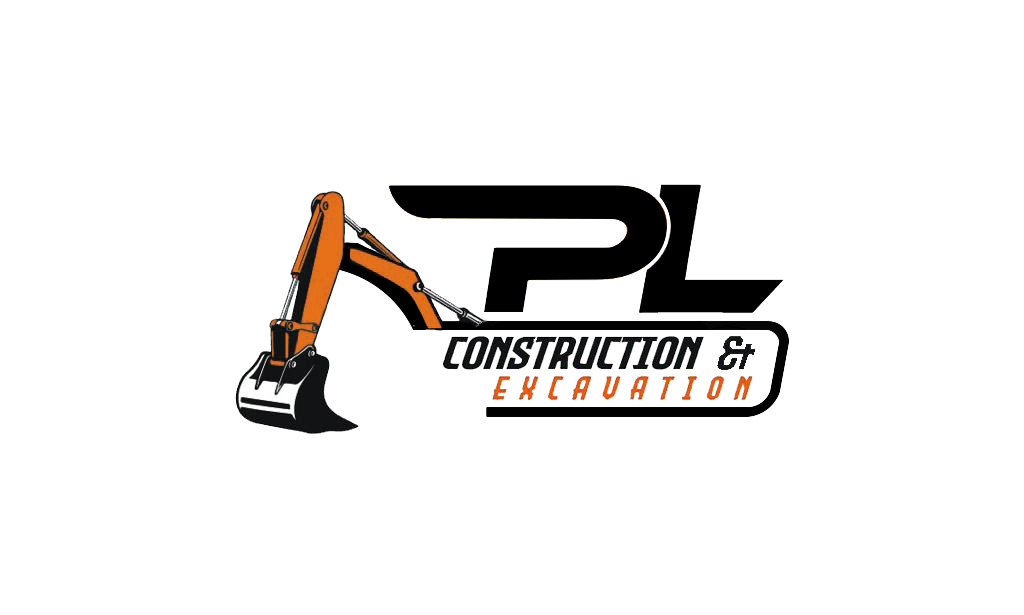
What is Basement Underpinning/Lowering?
Numerous techniques are used to lower your basement. Preferring the correct basement underpinning/lowering technique is crucial for maintaining the integrity of a home’s foundation. We use diverse guidelines to determine the safest basement-underpinning method for the foundation of your home. A few of the basement lowering guidelines that PL Waterproofing include:
- The structural protection of your house and its foundation.
- The preference of homeowner’s basement underpinning techniques(Underpinning, Benching, Digging Crawl Space, etc.).
- Budget of the homeowners for basement Lowering project.
- The overall goals for basement lowering or underpinning (height, access, waterproofing techniques, foundation repair, etc.).
Basement underpinning or benching is a process that can significantly enhance the value of your house. Underpinning or benching basements adds useful living space to your basement. The residential basement benching process is done to lower your basement slab or crawl space slab. It converts a 5-7ft high basement into an area that clears 9ft.
Why basement underpinning is required?
If your house doesn’t have enough space when you walk down into your basement, then you must need basement underpinning. The process of basement underpinning involves extending the current foundation vertically. Vertical extension of the foundation allows you to add a below-grade floor of 100% usable living space. Basement lowering also adds considerable value to your house whenever you want to move to another place. Because a finished basement brings versatility. Whether the space is a used restroom or you can convert the basement into a rental unit. It will increase your side income, hence a basement underpinning is a great investment.
If you are not sure what type of basement extension technique is best for your house, it’s always best to call an expert or an engineer.
